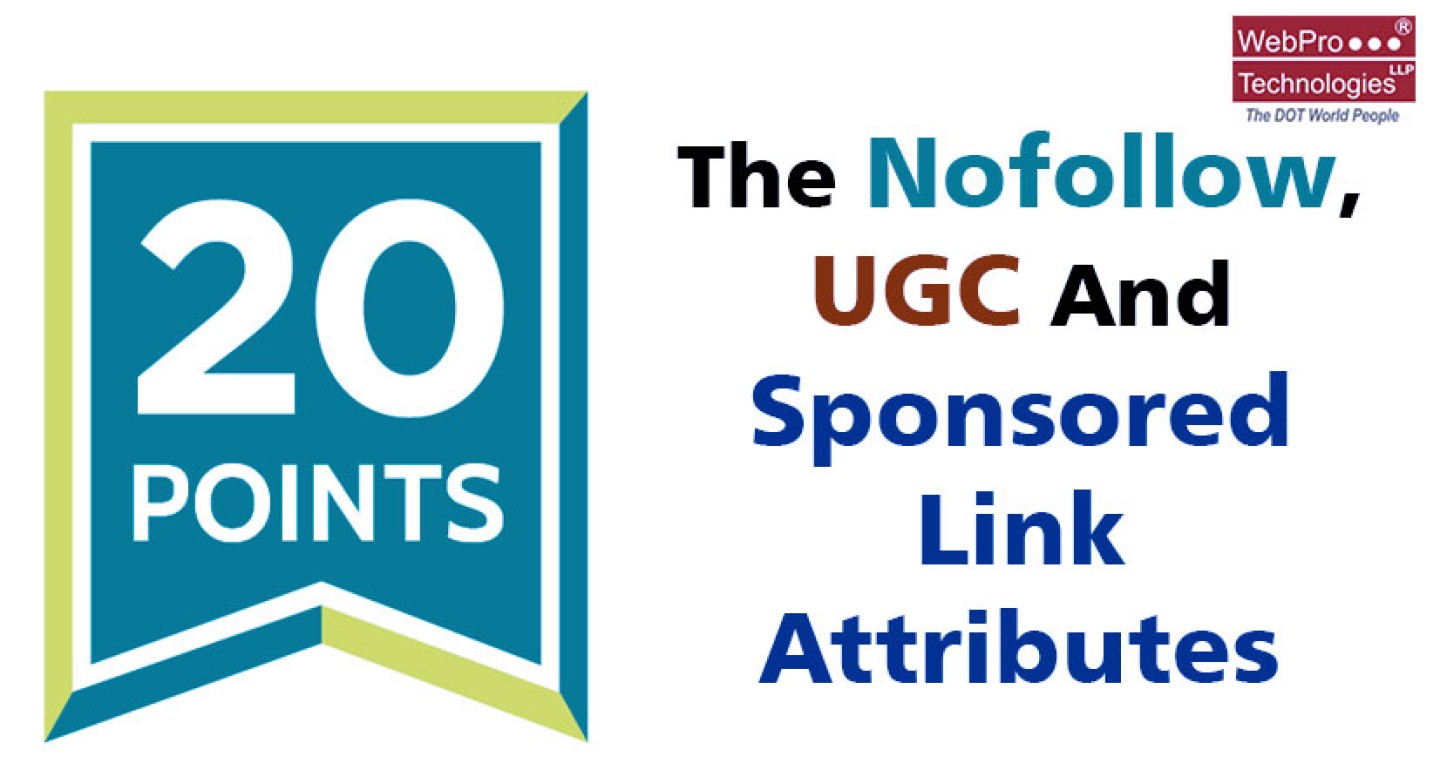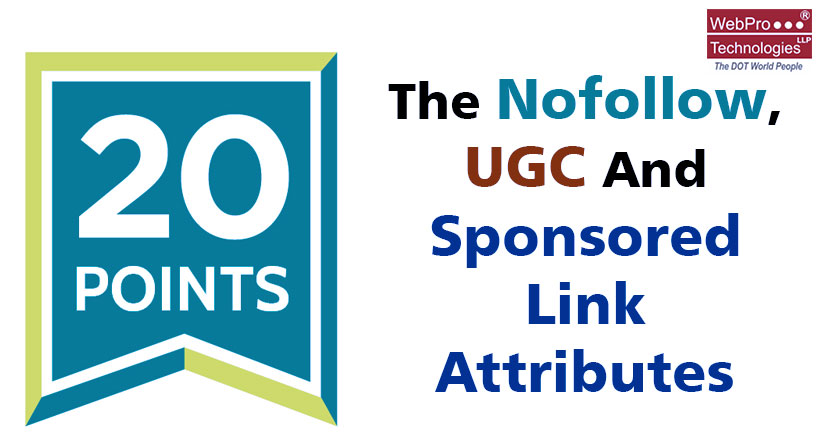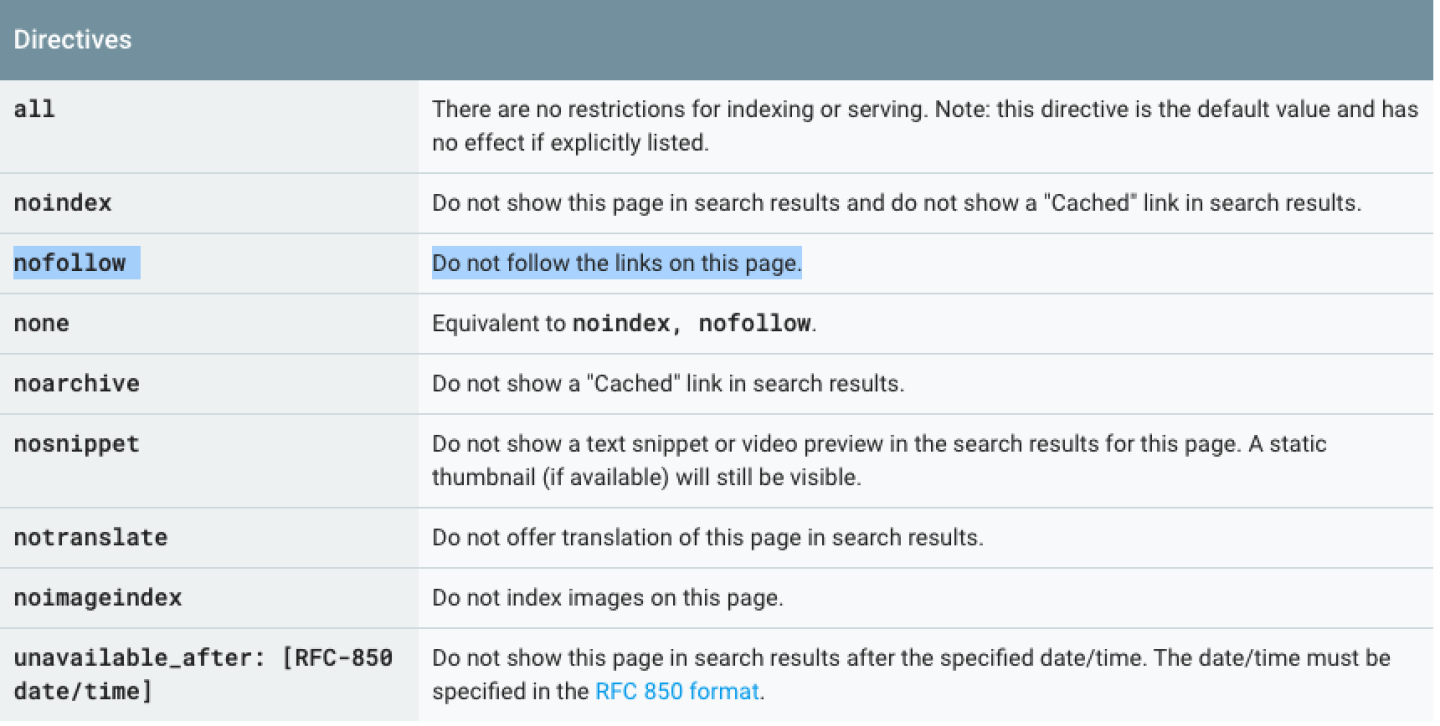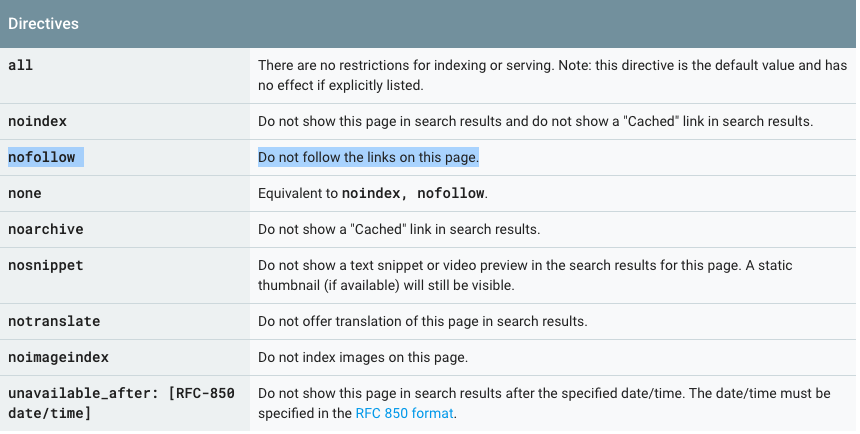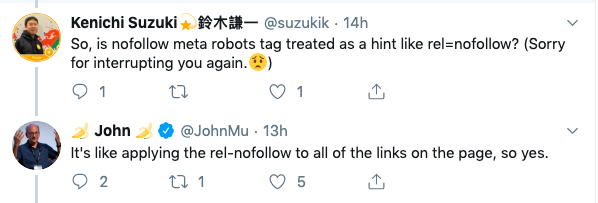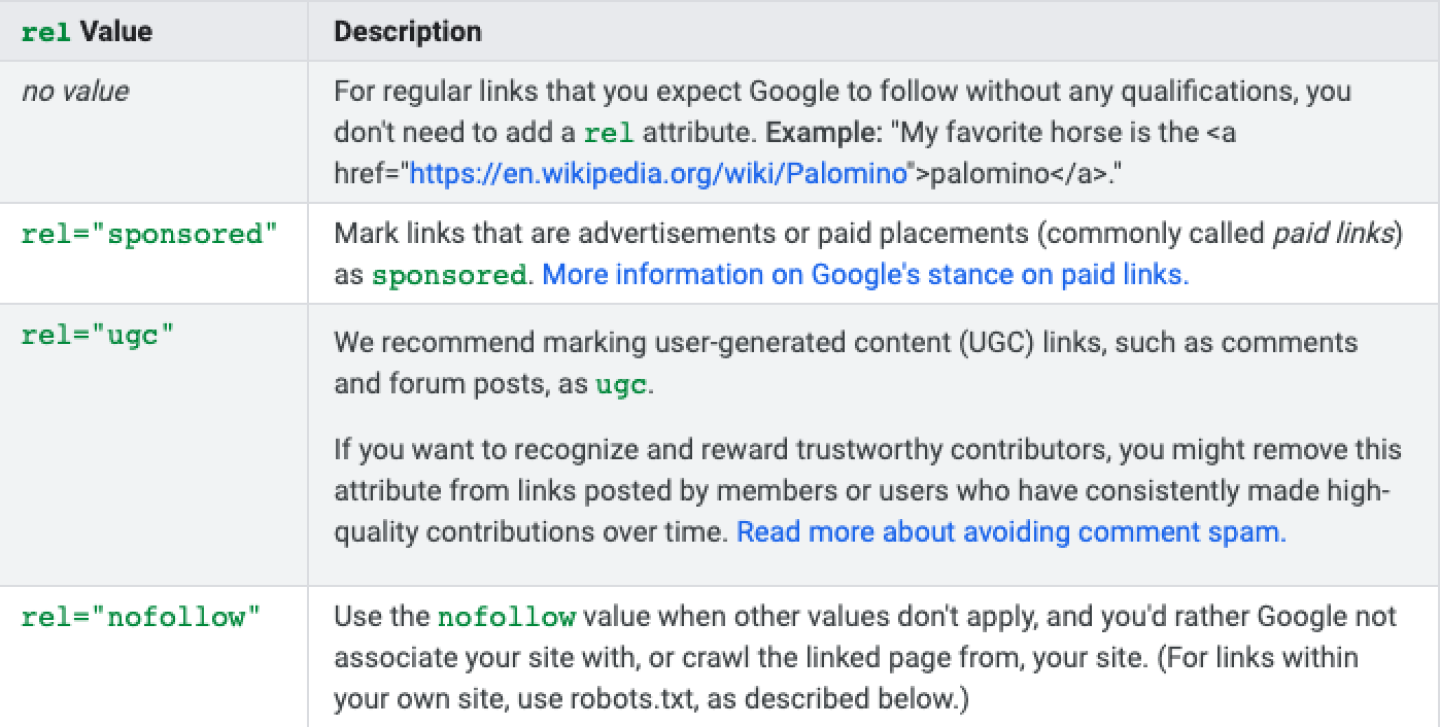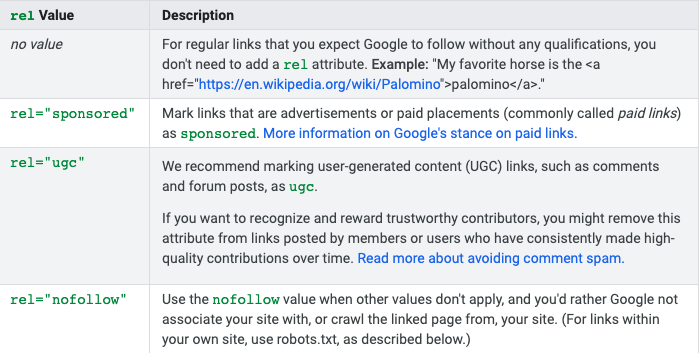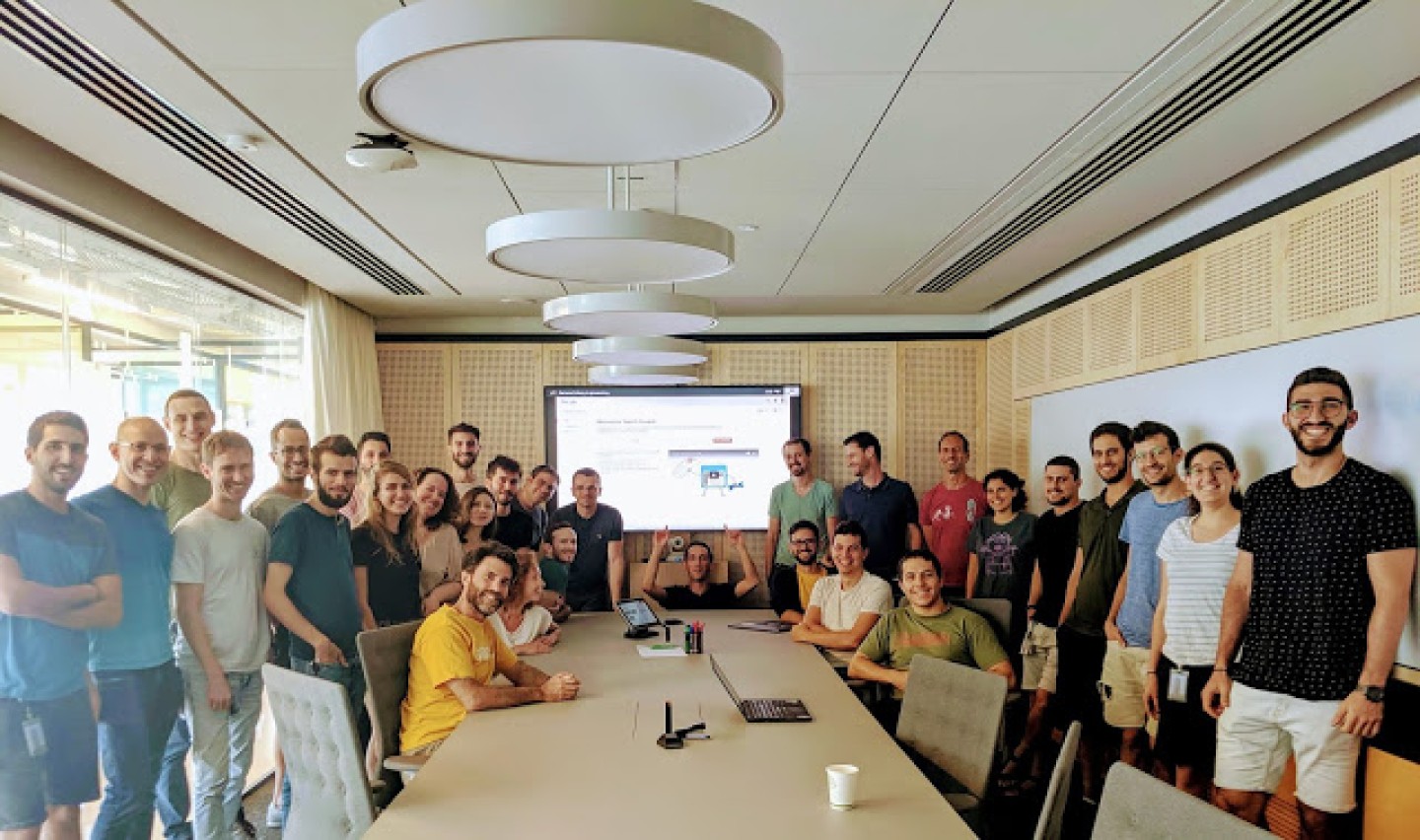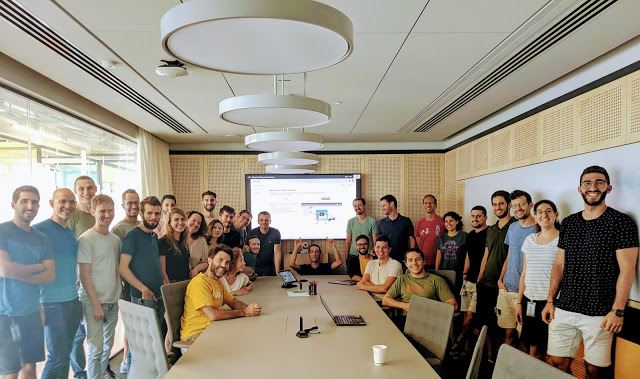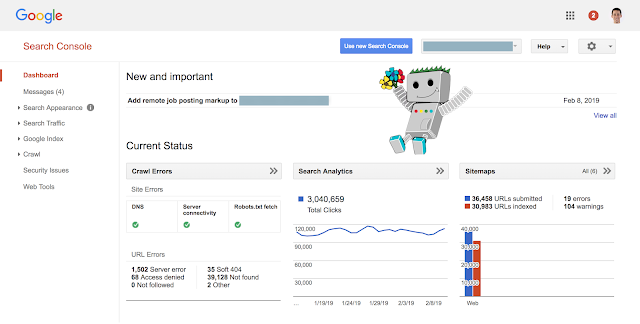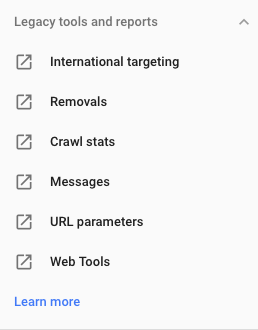What Is Google My Business?
Google My Business is a free tool that allows you to promote your Business Profile and business website on Google Search and Maps. With your Google My Business account, you can see and connect with your customers, post updates to your Business Profile and see how customers are interacting with your business on Google.The following A to Z list gives you an idea about the Google My Business (GMB) aspects.
- Address
- Business
- Customers
- Description
- Events
- Full Access via Google My Business Apps
- Google Account
- Highlights
- Insights
- Join ‘My Business’ Support Page
- Keep your customers updated by sharing what’s new via Photos & Posts
- Locations
- Messages
- New Locations can be added easily
- Ownership
- Products & Photos & Posts
- Queries to know the audience profile
- Reviews & Ratings
- Services
- Try to connect with people posting reviews
- Users
- Verify
- Website
- Customer eXperience
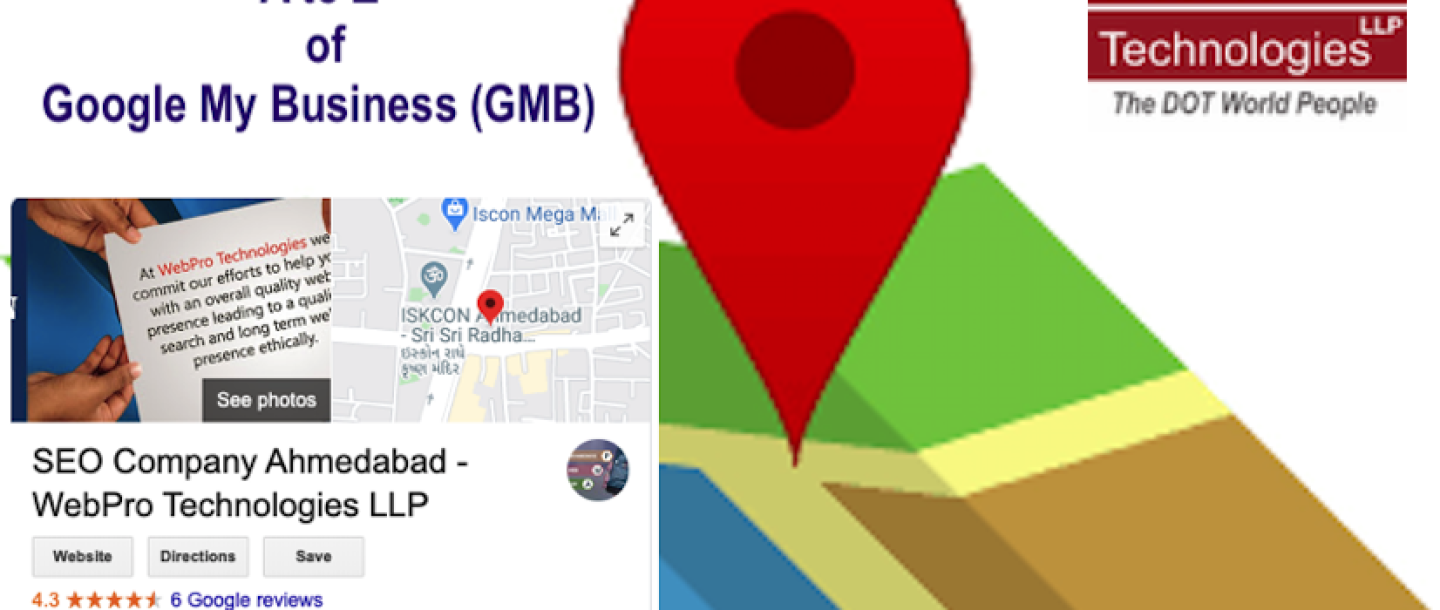
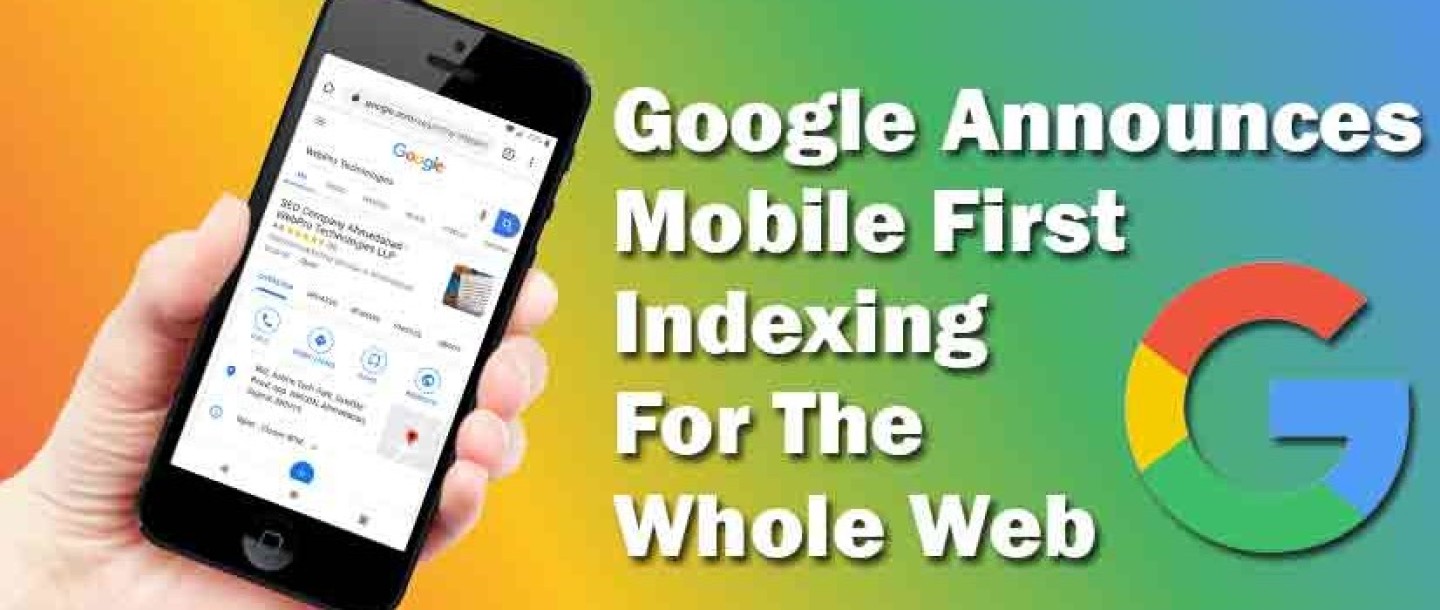
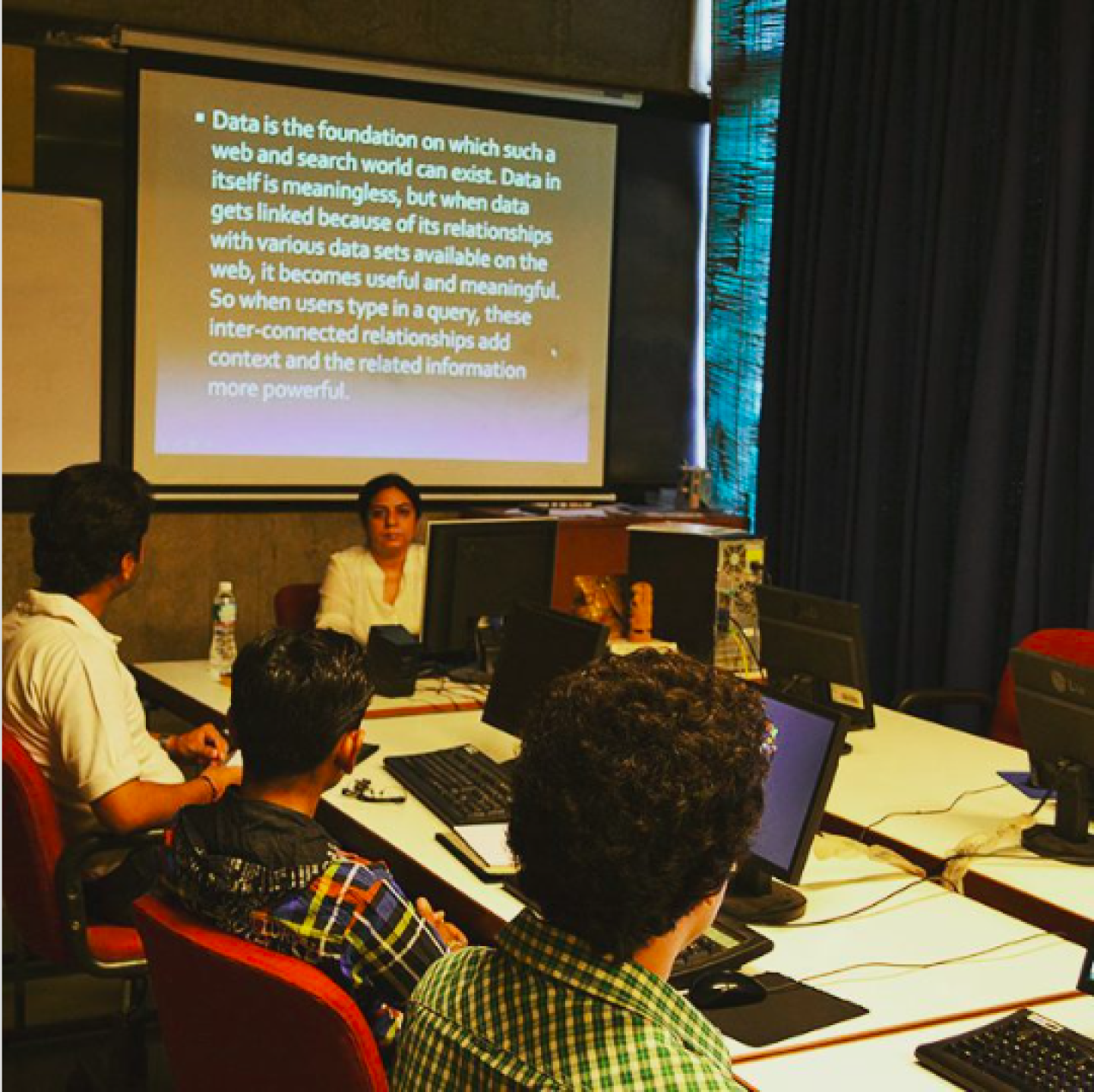
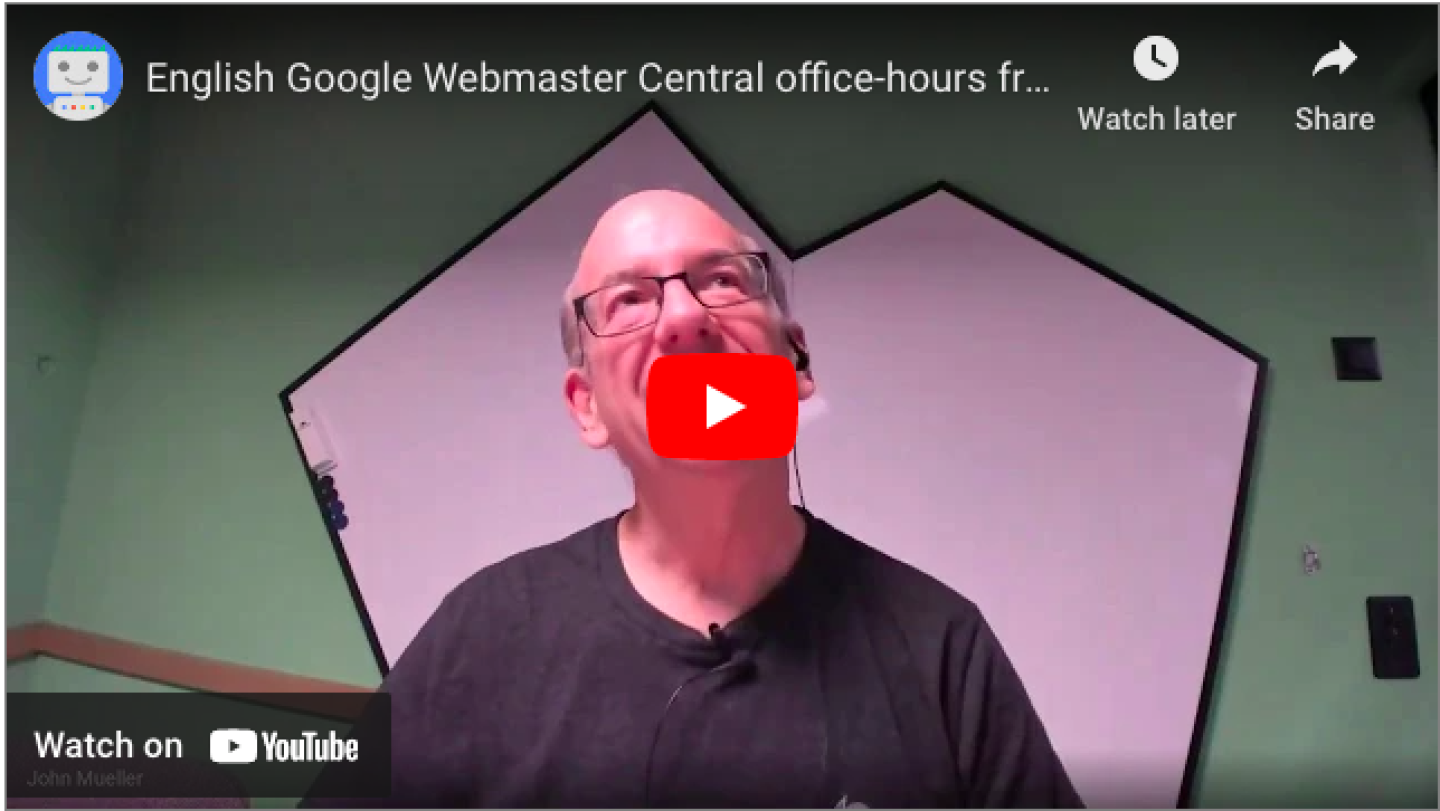




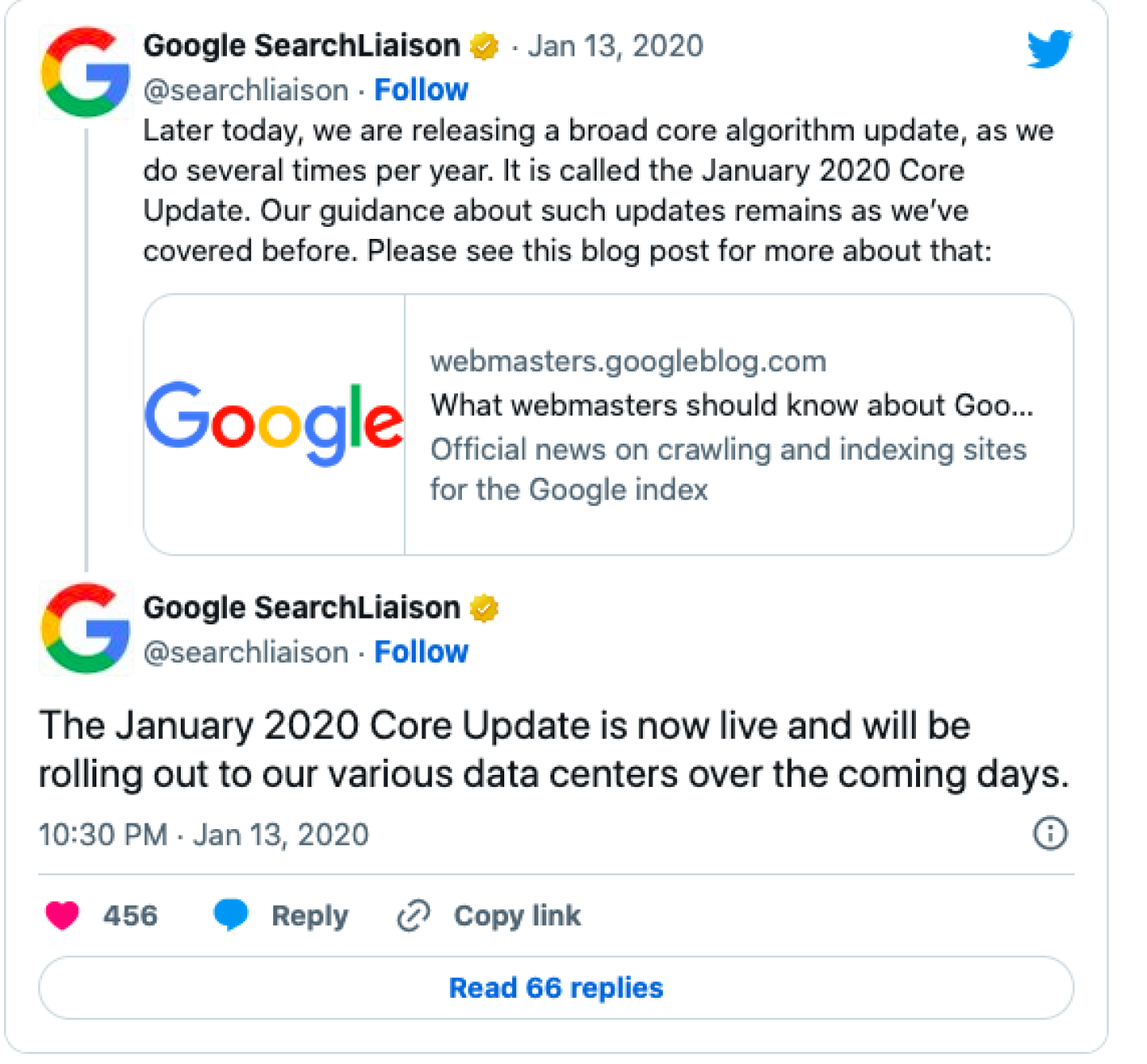
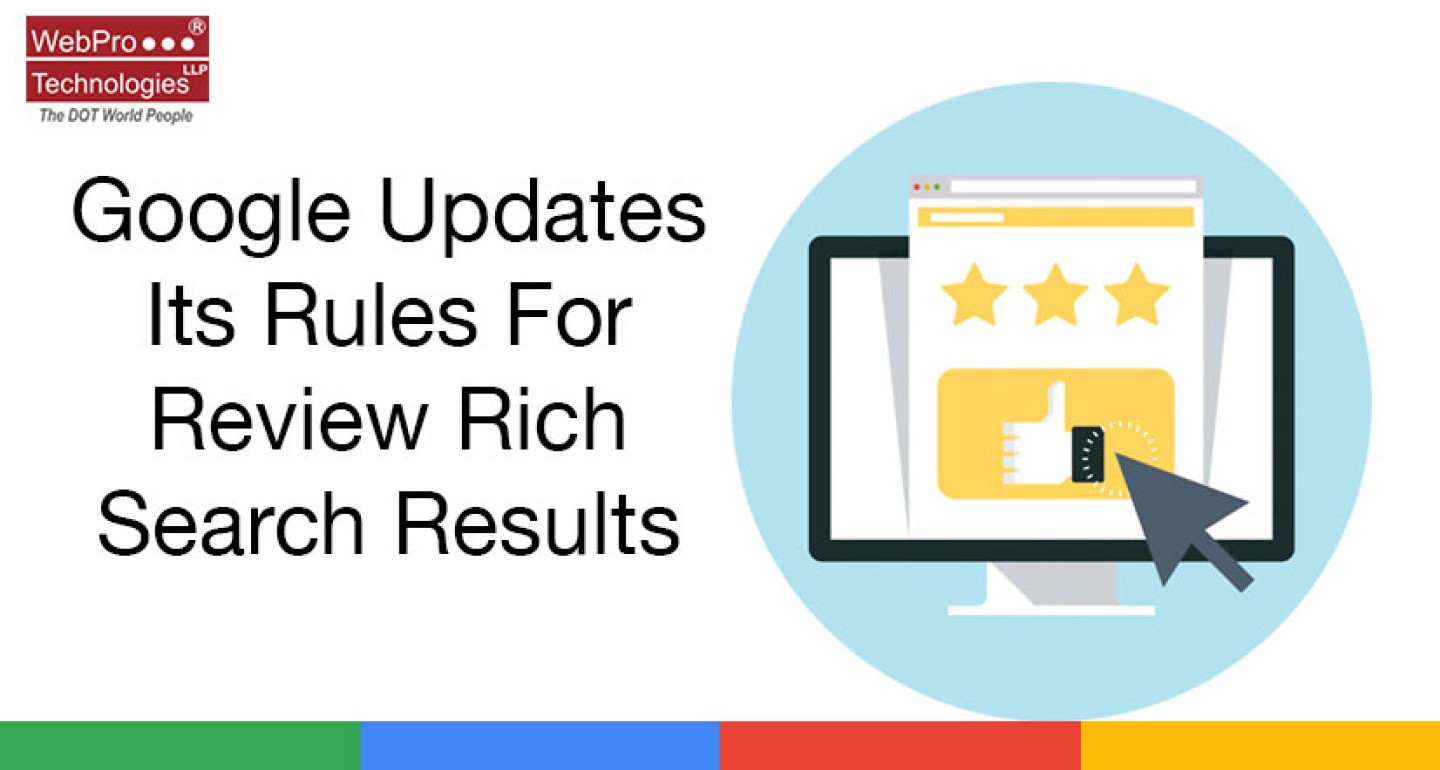
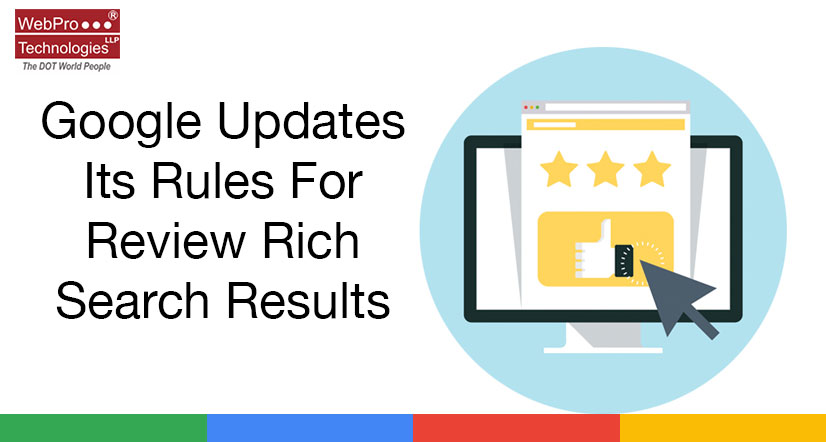 Google posted on the webmaster blog today that they have updated the review rich rules for how and when it shows the reviews rich results. Search results that are enhanced by review rich results can be extremely helpful when searching for products or services (the scores and/or “stars” you sometimes see alongside search results).
Google said that to make the review rich results more helpful and meaningful, they are now introducing algorithmic updates to reviews in rich results.
Google posted on the webmaster blog today that they have updated the review rich rules for how and when it shows the reviews rich results. Search results that are enhanced by review rich results can be extremely helpful when searching for products or services (the scores and/or “stars” you sometimes see alongside search results).
Google said that to make the review rich results more helpful and meaningful, they are now introducing algorithmic updates to reviews in rich results.
 The main takeaway from this is that if the functionality of posting the reviews on the site is such that they can be moderated or updated then they will not be shown. This applies to even the reviews posted via the third party widgets.
The main takeaway from this is that if the functionality of posting the reviews on the site is such that they can be moderated or updated then they will not be shown. This applies to even the reviews posted via the third party widgets.
